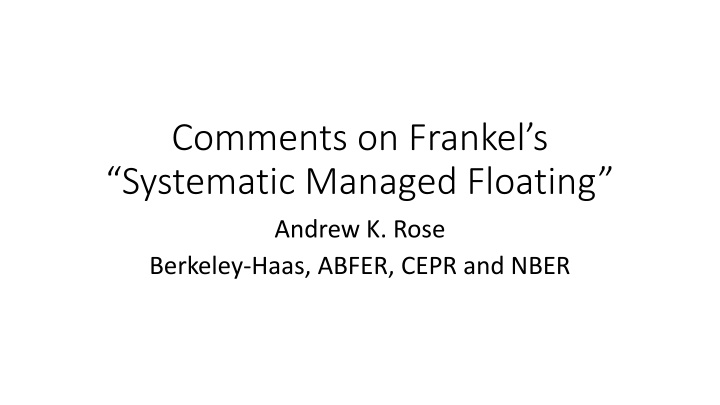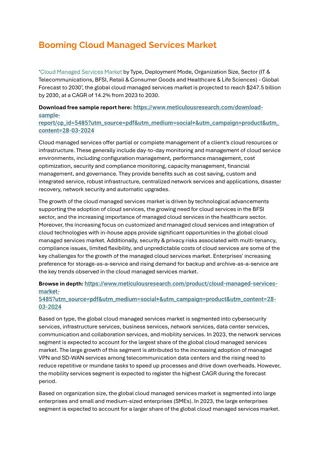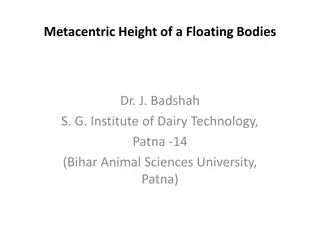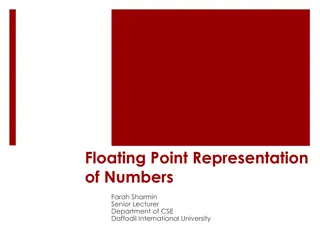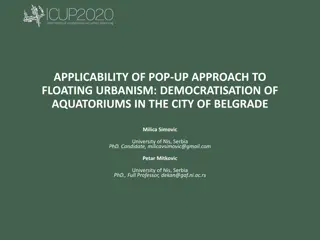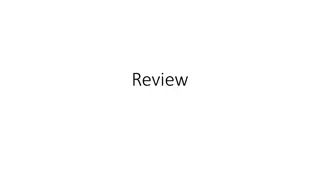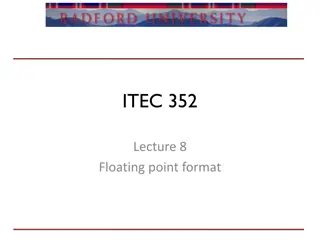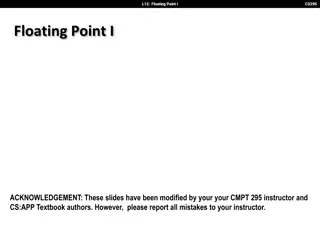Insights on Frankel's Systematic Managed Floating: A Detailed Analysis by Andrew K. Rose
The comments on Frankel's Systematic Managed Floating by Andrew K. Rose from Berkeley-Haas provide a thorough analysis full of nuanced ideas and empirical evidence. The paper raises important questions about the comparability of countries over time in terms of exchange rate regimes and financial openness. Additionally, it touches on the value of engaging in scholarly debates to advance the field.
Download Presentation

Please find below an Image/Link to download the presentation.
The content on the website is provided AS IS for your information and personal use only. It may not be sold, licensed, or shared on other websites without obtaining consent from the author.If you encounter any issues during the download, it is possible that the publisher has removed the file from their server.
You are allowed to download the files provided on this website for personal or commercial use, subject to the condition that they are used lawfully. All files are the property of their respective owners.
The content on the website is provided AS IS for your information and personal use only. It may not be sold, licensed, or shared on other websites without obtaining consent from the author.
E N D
Presentation Transcript
Comments on Frankels Systematic Managed Floating Andrew K. Rose Berkeley-Haas, ABFER, CEPR and NBER
Much to Agree With! Paper carefully written, full of good ideas and nuance In fact, I agree with most everything that s written A few disagreements in the small Below, I essentially add another layer in the large Mostly interpretation of things beyond scope of paper Some new empirical evidence Same sample of countries, time Rose AMPF Comments on Frankel 2
Apples to Apples: Regimes & Time Are countries comparable over the span of time? Reinhart-Rogoff exchange rate regime classification: 9 countries remain in same regime 1997-2015 But 17 experience at least 3 regimes over same time Potential source of worry? Rose AMPF Comments on Frankel 3
Apples to Apples: Financial Openness & Time Are countries comparable in terms of capital controls over time? Chinn-Ito classification 1997-2015: 11 countries increased financial openness significantly 5 decreased Again, potential source of worry? And countries differ at a point in time Rose AMPF Comments on Frankel 4
Apples to Apples: Financial Openness & Space Histogram of Financial Openness across Countries 10 8 Frequency 6 4 2 0 .2 .4 Chinn-Ito Financial Openness, 2014 .6 .8 1 Rose AMPF Comments on Frankel 5
Just Whining? My view: don t do this sort of thing until you re tenured and chaired at Harvard! But there is a value for Harvard professors to do precisely this sort of thing to move profession forward! Rose AMPF Comments on Frankel 6
Switching Gears Rose AMPF Comments on Frankel 7
Good News: for Effective Exchange Rates, Nominal Real Volatility, as asserted Volatility of Nominal and Real Effective Exchange Rates Standard Deviations of % growth, 1997M1-2015M12 6 5 Brazil Volatility REER 4 Russia Colombia South Africa 3 Papua New Guinea Australia Chile New Zealand Philippines Malaysia 2 Canada Bahrain Saudi Arabia 1 Singapore 1 2 3 4 5 6 Volatility NEER Rose AMPF Comments on Frankel 8
OK News: Nominal Effective and Bilateral Exchange Rate Volatility Nominal Effective vs Bilateral (US$) Exchange Rates Standard Deviations of % growth, 1997M1-2015M12 Indonesia Russia 8 Volatility Price US$ 6 Brazil Turkey Korea 4 South Africa Colombia Australia Chile New ZealandPapua New Guinea Thailand Malaysia Philippines 2 Canada India Singapore Peru Hong Kong Bahrain Qatar Saudi Arabia UAE 0 1 2 3 4 5 6 Volatility NEER Rose AMPF Comments on Frankel 9
What about Exchange Rates vs. Reserves? Paper implies (without stating) a tradeoff exists; countries take a shock either via reserves or in the exchange rate. Does it? Rose AMPF Comments on Frankel 10
Figure 3 (from the paper, c/o Goldman Sachs) Once again, Singapore intervened in the foreign exchange market, while the Philippines took the negative shock more in the form of a depreciation of its currency. But: Dollar depreciation similar for Philippines and Singapore Reserve changes not Rose AMPF Comments on Frankel 11
More Generally: Consider Volatility of Reserves and log Nominal Exchange Rate Is There a Volatility Tradeoff? Standard Deviations of % growth, 1997M1-2015M12 15 Volatility log International Reserves 10 Saudi Arabia Papua New Guinea Qatar Australia New Zealand Russia UAE Brazil Bahrain South Africa Turkey 5 Canada India Chile Thailand Indonesia Malaysia Philippines Korea Peru Hong Kong Singapore Colombia 0 1 2 3 4 5 6 Volatility NEER Rose AMPF Comments on Frankel 12
Reserves over Monetary Base Is There a Volatility Tradeoff? Standard Deviations of % growth, 1997M1-2015M12 Volatility (International Reserves/Monetary Base) 14 Papua New Guinea 12 Chile New Zealand 10 Indonesia Qatar Saudi Arabia Brazil Russia Australia Turkey 8 Colombia South Africa Korea Bahrain Philippines Hong Kong 6 Malaysia Canada Thailand Peru Singapore 4 India 1 2 3 4 5 6 Volatility NEER Rose AMPF Comments on Frankel 13
How does the Exchange Rate Regime Show up in the Data? Rose AMPF Comments on Frankel 14
Fixes, Floats, and Systematic Managed Floats Systematic Managed Floating or ... Sloppy Center? Standard Deviations of % growth, 1997M1-2015M12 Volatility (International Reserves/Monetary Base) Chile 12 New Zealand 10 Qatar Saudi Arabia Brazil Russia Australia Turkey 8 Korea Bahrain South Africa Philippines Hong Kong 6 Malaysia Canada Thailand Peru Singapore 4 India 2 1 2 3 4 5 Volatility NEER Rose AMPF Comments on Frankel 15
Tangent: the Ongoing Mystery of Reserve Volatility Clean Floats have volatile reserves! PS: Check out the Scale of the Ordinate/y-axis Standard Deviations of % growth, 1997M1-2015M12 Volatility (International Reserves/Monetary Base) Chile 12 New Zealand 10 Qatar Saudi Arabia Brazil Russia Australia Turkey 8 Korea Bahrain South Africa Philippines Hong Kong 6 Malaysia Canada Thailand Peru Singapore 4 India 2 1 2 3 4 5 Volatility NEER Rose AMPF Comments on Frankel 16
Why are We Discussing This? Unclear to me that there is Systematic Managed Floating But even if there is, should we care? Rose AMPF Comments on Frankel 17
Defining the Problem Down Paper examines consequences of exchange rate regime for (responses to shocks of) real exchange rates: Too Easy! Conventional wisdom since Mussa/Baxter-Stockman: the one thing that varies across exchange rate regimes is the volatility of both the nominal and real exchange rates The only systematic regime-specific pattern in the data is higher volatility of the real exchange rate in regimes of floating rates. By way of contrast, the volatility of, for example, output and consumption does not appear to vary systematically with the exchange rate regime. Frankel and Rose 1995 Rose AMPF Comments on Frankel 18
More Difficult: Show Regimes reallymatter Hard to find manifestation of the exchange rate regime in something real (growth/volatility/inflation ) In passing: a verylow bar for a major monetary policy! So even if there is a well-defined intermediate regime, it may have no substantial consequences for inflation, output, or anything we really care about. Manifestation of the Sargent critique : linking any (macro) price to any price or any quantity to any quantity MAY work, but mixing prices and quantities almost always fails Rose AMPF Comments on Frankel 19
Exchange Rate Volatility and Real GDP Growth Exchange Rate Volatility and Growth Qatar 10 Real GDP Growth 1997-2015 India Singapore 5 Bahrain Peru Saudi Arabia UAE Malaysia Philippines Papua New Guinea Korea Indonesia Turkey Russia Chile Thailand Colombia South Africa Hong Kong Australia New Zealand Brazil Canada 0 1 2 3 4 5 6 Volatility NEER Rose AMPF Comments on Frankel 20
Exchange Rate Volatility and Output Volatility Volatility that Matters: of Growth and Exchange Rates Standard Deviations of % Growth Rates 20 Qatar Bahrain 15 Singapore Growth Volatility Saudi Arabia 10 Hong Kong Indonesia Russia Malaysia Chile Thailand Turkey Brazil Peru 5 Korea Colombia Philippines Canada India South Africa Australia New Zealand 0 1 2 3 4 5 6 Volatility NEER Rose AMPF Comments on Frankel 21
Exchange Rate Volatility and (CPI) Inflation Volatility of Exchange Rates and CPI Inflation 30 Turkey CPI Inflation 1997-2015 20 Russia Indonesia 10 Papua New Guinea India Colombia South Africa Brazil Philippines Qatar Australia Chile New Zealand Thailand Peru Korea Malaysia Bahrain Saudi Arabia Singapore Canada Hong Kong 0 1 2 3 4 5 6 Volatility NEER Rose AMPF Comments on Frankel 22
Exchange Rate Volatility and (GDP) Inflation Volatility of Exchange Rates and GDP Inflation 30 Turkey GDP Inflation 1997-2015 20 Russia Indonesia 10 Colombia South Africa Brazil Papua New Guinea Qatar India UAE Philippines Chile Bahrain Peru Saudi Arabia Malaysia Australia New Zealand Thailand Korea Canada Hong Kong Singapore 0 1 2 3 4 5 6 Volatility NEER Rose AMPF Comments on Frankel 23
Story in a Slide: Case Study of Malaysia Malaysia between the Peg and the Float Peg Sept 1998 - July 2005; float thereafter Ringgit/US$ Int Res, US$ bn Int Res/Mon Base 150 3.8 6 3.6 5 100 3.4 4 50 3.2 3 3 0 2 1999m1 2005m7 2012m1 1999m1 2005m7 2012m1 1999m1 2005m7 2012m1 Unemployment Rate Inflation Rate Growth Rate 4.5 10 15 10 5 4 5 0 0 3.5 -5 -5 -10 -10 3 1999q1 2005q3 2012q1 1999q1 2005q3 2012q1 1999q1 2005q3 2012q1 Rose AMPF Comments on Frankel 24
Conclusion Airplane seats and Exchange Rate Regimes Preferences seem irrelevant given that consequences are low Adding middle seats probably adds but how much? A Conversation Never Heard Flaky: eccentric, unreliable, goofy, nutty, odd, wacky Exchange Rate Regimes are Flaky Simply don t matter for inflation/output/growth/volatility If they did, we would ALL know it ER Regimes are not Communism vs Capitalism ER Regimes are of academic interest Rose AMPF Comments on Frankel 25
Small Gripes Why ignore interest rates? Standard monetary policy is a completely plausible way to affect the exchange rate Ignored here: ONLY reserves matter VIX/Commodity prices seem poor instrumental variables; don t satisfy either requirement for good IV: 1. Don t satisfy exclusion restriction as shown! 2. Don t seem to be strong IVs, again as shown. OLS regressions of exchange rate on VIX/Commodity Prices: Quantitatively Important in ANOVA sense, or just statistically significant? Many free parameters in empirical work on India, Thailand, Turkey Are standard errors Newey-West? Rose AMPF Comments on Frankel 26
